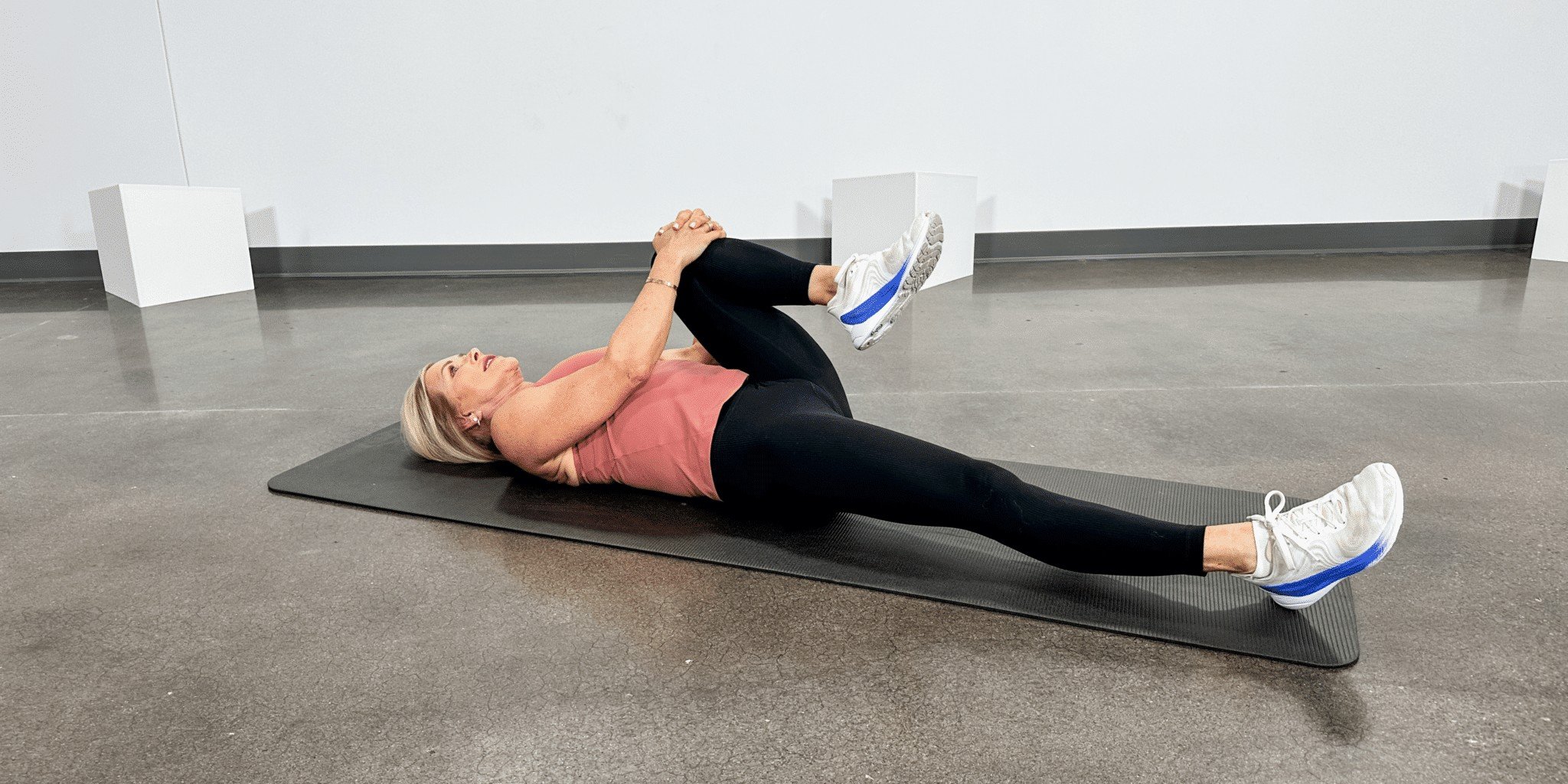Dealing with hip bursitis can be frustrating. The pain and inflammation around your hip joint can limit daily movement and interfere with your ability to stay active. But the right exercises can reduce discomfort, improve mobility, and strengthen the muscles that support your hips.
In 2025, physical therapists continue to recommend specific low-impact movements that relieve pressure on the bursa and support long-term hip health. If done consistently, these 9 exercises can ease your symptoms and prevent flare-ups.
Before starting, make sure you’re cleared by a healthcare provider. Begin slowly, focus on form, and avoid any movement that increases pain.
1. Glute Bridges
This foundational move targets your glutes and hamstrings, which provide critical support to your hips.
How to do it:
- Lie on your back with knees bent and feet flat on the floor
- Arms at your sides, palms facing down
- Push through your heels and lift your hips toward the ceiling
- Squeeze your glutes at the top, then slowly lower
Reps: 2 to 3 sets of 12
Why it works:
Strengthens the posterior chain and reduces stress on the hip joints by improving muscular balance.
2. Standing Hip Abduction
This exercise strengthens the outer hip muscles, which often weaken with bursitis.
How to do it:
- Stand tall with one hand on a chair or wall for balance
- Lift the leg farthest from the support out to the side, keeping it straight
- Pause, then lower slowly
- Switch sides
Reps: 2 sets of 10 to 12 per leg
Why it works:
Targets the gluteus medius, a stabilizing muscle that helps control hip movement.
3. Clamshells
Clamshells activate your deep glute muscles and support hip alignment.
How to do it:
- Lie on your side with knees bent and stacked
- Keep feet together and open your top knee like a clamshell
- Pause at the top, then return to start
Reps: 2 to 3 sets of 15 per side
Why it works:
Reduces excess strain on the hip joint by engaging stabilizing muscles.
4. Heel Slides
Heel slides are gentle and improve range of motion in the hip without applying too much stress.
How to do it:
- Lie on your back with legs extended
- Slowly slide one heel toward your buttocks, keeping the foot on the ground
- Straighten it back out
- Switch legs
Reps: 2 sets of 10 per leg
Why it works:
Helps maintain joint mobility and keeps hip muscles from becoming stiff.
5. Seated Hip Marches
Hip marches improve hip flexor strength and enhance circulation.
How to do it:
- Sit upright in a chair with your feet flat
- Lift one knee as high as you can
- Hold for one second and lower
- Repeat on the other leg
Reps: 2 to 3 sets of 10 per leg
Why it works:
Strengthens hip flexors without putting pressure on the joint.
6. Quadruped Leg Lifts
Also known as bird-dog leg lifts, this move builds core and hip strength while enhancing balance.
How to do it:
- Start on hands and knees with your spine in a neutral position
- Extend one leg straight back
- Hold for two seconds, then return
- Alternate legs
Reps: 2 sets of 10 per leg
Why it works:
Engages the glutes and stabilizing muscles, helping reduce hip strain.
7. Side-Lying Leg Raises
This classic rehab exercise works the lateral hip muscles in a controlled range.
How to do it:
- Lie on your side with your legs straight and stacked
- Lift the top leg a few inches, hold, then lower slowly
- Keep your toes pointed forward
Reps: 2 to 3 sets of 12 per leg
Why it works:
Strengthens hip abductors and supports joint alignment during walking.
8. Bridge Marches
Once basic bridges become easy, bridge marches challenge core and hip strength even more.
How to do it:
- Begin in a glute bridge position
- While keeping hips lifted, lift one foot off the ground
- Lower and switch legs
Reps: 2 sets of 8 to 10 per leg
Why it works:
Trains stability in the hips and reduces muscular imbalances that worsen bursitis.
9. Step-Ups
Step-ups improve functional strength and help with balance and joint control.
How to do it:
- Stand in front of a low step or platform
- Step up with one foot and bring the other up to meet it
- Step back down slowly
- Switch leading legs
Reps: 2 sets of 8 per leg
Why it works:
Reinforces strength in the glutes, quads, and hips used in daily movements like climbing stairs.
Key Tips to Protect Your Hips While Exercising
1. Warm up properly
Use 5 minutes of light walking or stretching before doing these exercises. This increases blood flow and prepares the joint.
2. Use proper form
Avoid rushing through reps. Focus on control and posture to avoid added stress on the hips.
3. Modify if needed
If a move causes discomfort, reduce the range of motion or switch to a gentler variation.
4. Ice after workouts
If you feel soreness after your session, apply ice for 10 to 15 minutes to reduce inflammation.
5. Stay consistent
Do these exercises 3 to 4 times a week. Progress is gradual but steady with regular effort.
When to Stop
If any of the exercises cause sharp pain, stop immediately. These movements are designed to relieve symptoms, not worsen them. Consult a physiotherapist if discomfort persists.
Final Thoughts
Hip bursitis doesn’t have to control your mobility or quality of life. These 9 simple but effective exercises can help you regain strength, reduce pain, and protect your hips for the long term. They’re safe, low-impact, and designed for people recovering from joint inflammation.










